A meditation garden can be a beautiful way to bring peace and relaxation into your life. It doesn’t take much effort to create one – and the results will last for years. In this article, we’ll answer some of the most commonly asked questions about meditation gardens, as well as provide useful tips on design and layout. By the end, you’ll have everything you need to start planning your own tranquil retreat. Let’s get started!
Key details
Seating is a key factor
Seating is a key factor in a meditation garden. Finding the right place to sit is key to getting the most out of your experience. Think about where you’ll be sitting, such as a bench or chair, and consider how it will fit into the overall design. Choose comfortable seating that’s easy to move around and suitable for outdoor conditions. [2]
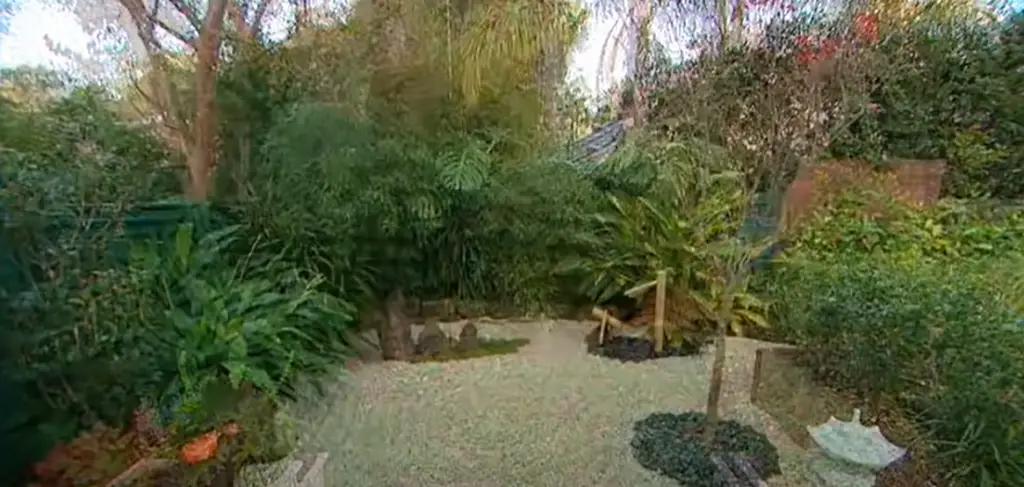
A focal point like a statue, boulder, or water feature encourages mindfulness.
Adding a focal point like a statue, boulder, or water feature to your meditation garden can help you stay focused and bring an element of stillness to the space. Whether it’s a tree, a large rock, or a fountain, choose something that speaks to you and that will draw your attention when you enter the garden. [2]
A strategically located tree with colorful foliage.
A strategically located tree with colorful foliage can bring light and life to your garden. Trees provide shade, a sense of enclosure, and they look beautiful when in bloom. Choose one that has a natural shape and size so it fits into the overall design. Plant flowers around its base to add texture and color. [2]
Asian specimen trees are popular choices for a more traditional design.
Asian specimen trees are popular choices for a more traditional meditation garden. They come in a wide variety of shapes and sizes, from stately evergreens to flowering cherry trees. Plant them along borders or paths for an elegant touch. [2]
Groundcover plants can soften hard edges and add texture.
Groundcover plants can soften hard edges and add texture to your meditation garden. Choose a variety of plants that provide visual interest and bring a sense of balance to the space. If you’re looking for low-maintenance, choose evergreen groundcovers such as creeping juniper or mondo grass. [2]
Movement and privacy
In a meditation garden, visual flow invites relaxation.
The garden should be designed in such a way that your eye is led around and the space flows naturally. If you’re planning to use your garden for yoga or Tai Chi, think about how you can incorporate paths or stones which will guide movement.
If privacy is important then create pathways with hedges or fences that keep prying eyes away. Planting dense shrubs, trees and climbers will also help to give your garden a sense of seclusion. [2]
If the ideal location for a meditation garden abuts a noisy sidewalk or property line.
Consider planting a hedge or installing a fence and adding soundproofing material like thick mulch to the ground. This will help to reduce noise and create a more peaceful atmosphere. Additionally, consider incorporating plants that are known for their ability to reduce noise such as bamboo and rugosa roses. If you’re looking for something even more effective, consider building a wall or a gazebo to block out noise. [2]
For complete privacy, as well as winter interest, boxwood or American arborvitae.
These evergreen shrubs are an excellent choice for a meditation garden, as they provide year-round interest and complete privacy. Boxwood is easy to maintain and can be trimmed into a variety of shapes while American arborvitae is relatively slow growing, making it ideal for smaller gardens. If you’re looking for something more colorful, consider planting low-maintenance shrubs like azalea or rhododendron. [2]
Simplicity is key in a meditation garden.
Simple shapes and lines are visually calming and create an atmosphere of peace. Incorporate curved pathways, symmetrical shapes, or a central point of focus to your garden design. Additionally, keep in mind that less is often more in a meditation garden so avoid adding too many plants or features. [2]
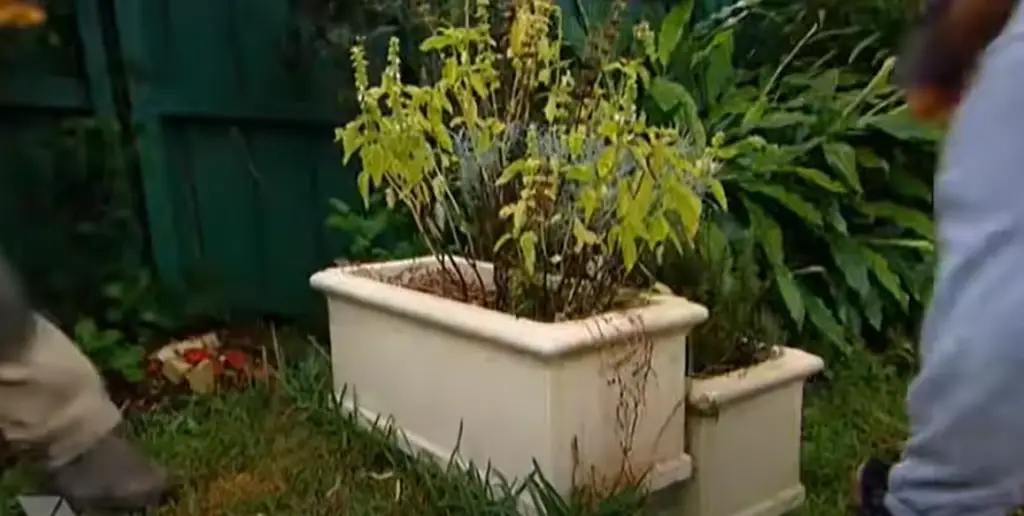
Make it Multifunctional
A meditation garden can do so much more than just host a spot of peace and quiet. You could also use it to grow your own vegetables, herbs or flowers; host outdoor yoga, Tai Chi or mindfulness classes; hold an occasional BBQ with friends and family; create a small animal habitat; even build a small playground for the kids. Making sure your garden is multifunctional will ensure it gets plenty of use and love.
Moreover, consider different elements that are aesthetically pleasing to look at: a stone or wooden bench, colorful stones, gnomes, wind chimes, bird baths and/or bird feeders. There’s no limit to the fun you can have with your garden and no wrong way to enjoy it. [1]
Move It Indoors
Sometimes, the weather isn’t cooperative for outdoor meditation gardens. That doesn’t mean you can’t enjoy the benefits of having a dedicated space though! If you don’t have the option to build an outdoor garden, consider transforming your home into an indoor haven for peaceful reflection and tranquility instead. With a little creativity and some basic supplies from your local home improvement store, you can create a cozy and comforting area that is perfect for meditation.
Arrange furniture and plants in such a way that invites relaxation rather than distraction. Try to keep the room free of clutter and incorporate items like comfortable cushions or mats for sitting on during your practice. Soft lighting from candles or lamps is important and natural elements like wood and stones can help to create a calming atmosphere. Adding an indoor fountain, wind chimes or other peaceful sounds of nature will also contribute to the effect. [1]
Embrace the Changing Seasons
A beautiful way to add an extra special touch to your meditation garden is by bringing in the changing of the seasons. Plant a variety of seasonal flowers and shrubs that will change with each season, creating a constantly evolving landscape. Choose trees that drop colorful leaves in autumn or plants that bloom stunning flowers in spring, then enjoy watching as they develop over the year. This will give you something to look forward to during each meditative session, and help keep your garden feeling fresh for years to come! [1]
Add Soft Lighting
Soft lighting is a great addition to any meditation garden. It can be done in many ways, such as by stringing lights along trees or fence posts, hanging lanterns from tree branches, and placing candles around the perimeter of your garden. Soft lighting creates a calming atmosphere that helps you relax and focus during your meditation sessions. [1]
Go Fully Traditional
If you’re hoping for a traditional style of meditation garden, think about adding elements like pagodas, benches or pergolas made from natural stone or wood. You could also incorporate a Buddha statue, wind chimes and bird feeders to bring in the sights and sounds of nature. For an extra touch of serenity, set up a fountain or small pond with water lilies and koi fish. Adding some trees, shrubs and even ornamental grasses can also give your garden more of an established feel. Finally, if you have the space, consider adding a winding path that meanders through your garden – it will make it easier to get around and enjoy all the different parts of your garden. [1]

Include Statues or Other Figures
Statues or other figurines can be used to provide a point of focus for meditation. You may choose to use a single statue of the figure that you practice your faith with, like Buddha or Jesus, or you may include a variety of figures from different religions and spiritual practices. Whatever you decide, statues can add an extra element of beauty and symbolism to your garden. You can also place other decorations such as wind chimes, fountains, or small benches around the statues to create a more peaceful atmosphere. [1]
Use a Deck as Your Base
If you want a more permanent solution that doesn’t require too much landscaping, then consider using a deck as your base for the meditation garden. Decks are not only useful for providing a stable foundation and extra seating if needed, but they can also be designed to include various features such as water elements and planters. Plus, you can customize them to fit the size and shape of your space. For an extra meditative touch, opt for a deck that is made from natural wood or stone materials for a rustic feel. [1]
Use a Hammock for Seating
Hammocks are a great way to use up space in your meditation garden. The swaying motion of the hammock creates a calming, soothing atmosphere and makes it the perfect spot to relax and reflect. Choose one that’s made with weather-resistant materials so you can enjoy it year round without worrying about damage from exposure to the elements. You can also add a few colorful pillows to make it even more comfortable.
To make sure your hammock is hung safely and securely, look for one that includes hardware specifically designed for this purpose. If you’re not confident in your DIY skills, it’s best to leave the job to a professional. With proper installation, you’ll be able to relax in your hammock with peace of mind. [1]
Use the Space You Have
When designing a meditation garden, it’s important to consider the size and shape of the space you have available. If you’re working with a limited area, it can be helpful to focus on small-scale features like decorative planters, benches or seating areas, and easy-care shrubs and perennials. These kinds of features are great for providing visual interest and allowing you to sit back and relax.
If your space is larger, there are plenty of ways to maximize it. You can use the area to create a winding pathway or a series of stepping stones that lead to different parts of the garden. If you want something more substantial, consider incorporating larger features like water fountains, ponds, or even a gazebo. [1]
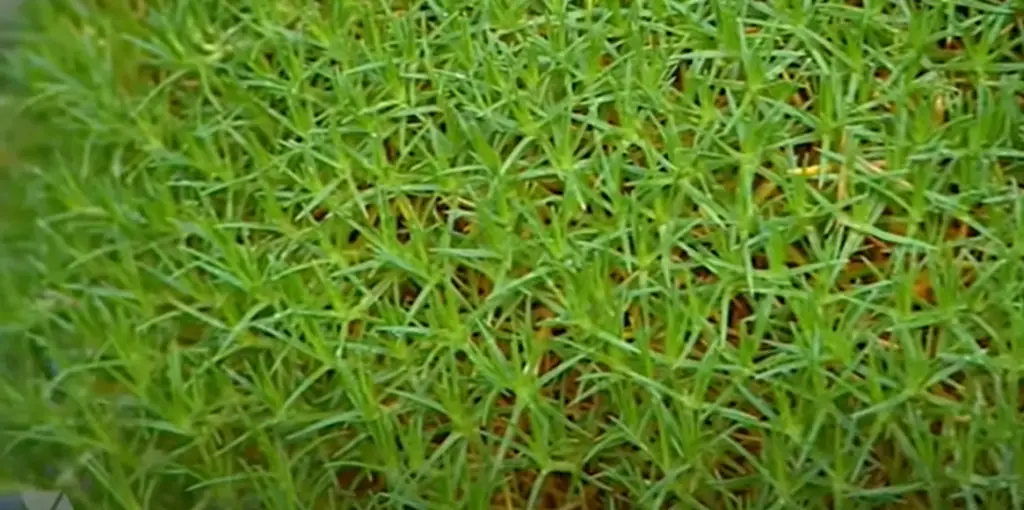
Go Micro
If you’re feeling overwhelmed by the thought of creating and maintaining a full-fledged meditation garden, consider going micro instead. Smaller spaces don’t require as much upkeep or resources to look amazing.
Start by choosing a few simple elements that bring peace, inspiration, and beauty to your space. These could be anything from potted plants, wind chimes, or even a small fountain. Then use these items to create a meditation nook that is tailored to your needs. [1]
FAQ
How do you make a Zen meditation garden?
First, consider the plants that will go in your garden. Zen gardens often have a minimalist aesthetic, so stay away from bright colors and flashy flowers. Instead, opt for calming greens and blues paired with native grasses or foliage. Incorporate some evergreen trees or shrubs to keep your garden looking lush throughout the year.
Next, decide on a layout that works best for you and your space. Consider adding elements like pathways, benches, and other seating to create inviting spaces for contemplation. And don’t forget about water features! A small koi pond or fountain can help create an atmosphere of peace and tranquility.
What should a Zen garden include?
A Zen garden should include elements that evoke a sense of calm and relaxation. Think gravel or sand pathways, calming water features, subdued lighting, and lots of natural foliage. Incorporate accents like stones, sculptures, lanterns, and other decorations to help create a tranquil atmosphere. And of course, don’t forget the seating! A comfortable bench or chaise lounge is perfect for taking in your garden’s beauty.
How do you make an outdoor meditation space?
Start by considering your space and what kind of atmosphere you’d like to create. If possible, choose a quiet area that’s away from distractions so you can focus on your meditation practice. Then select some plants that will make the space look inviting and peaceful. Consider adding a water feature, sculptures, or other decorations to enhance the aesthetic. Finally, make sure you have comfortable seating and lighting for a warm and inviting outdoor meditation space.
What is a meditation Zen garden?
A meditation Zen garden is an outdoor space designed to promote calm and relaxation. It typically includes elements like gravel or sand pathways, calming water features and foliage, comfortable seating, subdued lighting, and decorations like stones, sculptures, or lanterns. The goal of a Zen garden is to provide a peaceful atmosphere for contemplation and mindfulness practice.
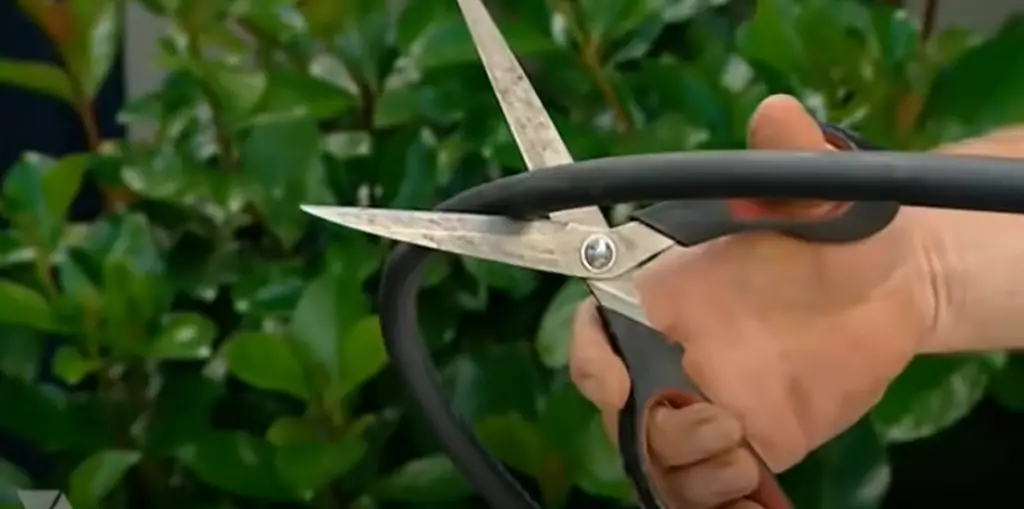
How to decorate a meditation space?
When decorating a meditation space, think about what will make the area inviting and peaceful. Incorporate elements like comfortable seating, subdued lighting, and calming decorations like stones or sculptures. The goal is to create an atmosphere that encourages relaxation and mindfulness practice, so consider adding water features or plants for additional ambiance. Finally, don’t forget to include some personal touches like photos or artwork that can help you feel connected and relaxed.
What makes a good meditation space?
A good meditation space should be an inviting and peaceful area where you can practice your mindfulness without interruption. Consider the location carefully—if possible, choose a spot that’s away from distractions like TVs or phones. Then add elements like comfortable seating, subdued lighting, plants, water features, and decorations to help create an atmosphere of relaxation. Finally, make sure you have some personal touches like photos or artwork that will help you feel connected and relaxed.
How do I set up a meditation area?
Choose a quiet spot that’s away from distractions, like TVs or phones. Then add elements like comfortable seating, subdued lighting, and calming decorations like stones or sculptures. Incorporate plants and water features to enhance the atmosphere of relaxation. Finally, make sure you have some personal touches like photos or artwork that will help you feel connected and relaxed. With these elements in place, you’ll have a peaceful spot to practice mindfulness and meditation.
How do you set up a small meditation space?
When setting up a small meditation space, focus on creating an inviting and peaceful atmosphere. Choose a quiet spot that’s away from distractions like TVs or phones. Then add elements like comfortable seating, subdued lighting, plants, and decorations to help create a tranquil atmosphere. If possible, incorporate a water feature for additional ambiance. Finally, make sure you have some personal touches like photos or artwork that will help you feel connected and relaxed. With these elements in place, even a small space can provide an ideal atmosphere for mindful meditation.
Useful Video: Meditation Garden Plans : Landscaping Designs & Ideas
Conclusion
Creating your own meditation garden is a simple and rewarding task. With just a few basic elements, you can transform any outdoor space into an oasis of tranquility. Choose the plants and design elements that best suit your needs, create welcoming pathways and seating areas, and add treasured objects to complete the look. Once your meditation garden is finished, you can enjoy the peace and quiet it brings for many years to come.
We hope that our meditation garden ideas have inspired you to create your own special space. Don’t forget to add some of your own personal touches to make it uniquely yours! Feel free to experiment with different combinations of plants and features until you find the perfect design that works for you and your outdoor area. With these tips, you should be well on your way to having a beautiful meditation garden of your very own! Happy designing!
References:
- https://www.mydomaine.com/meditation-garden-ideas-5220477
- https://www.hortmag.com/gardens/meditation-garden





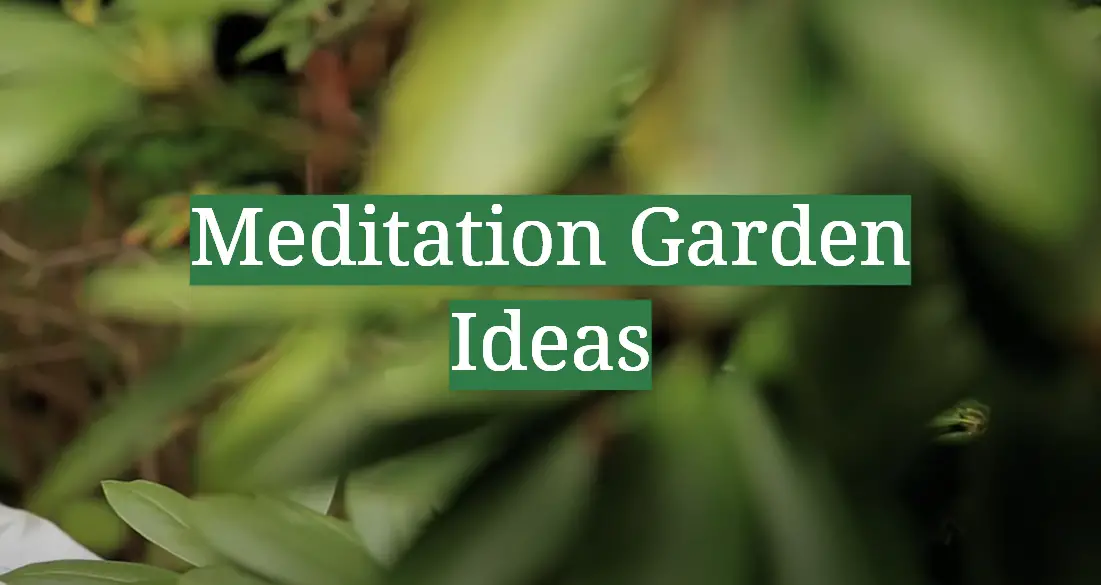




Leave a Reply
View Comments